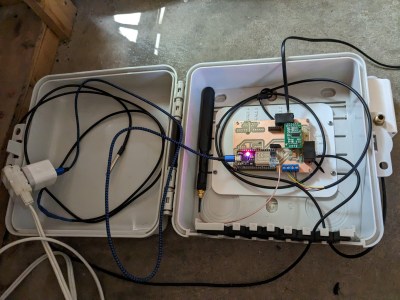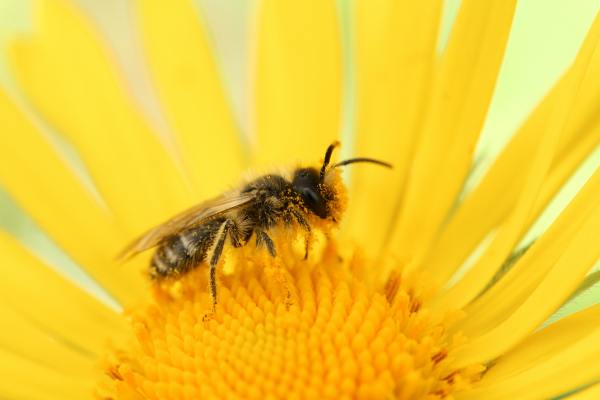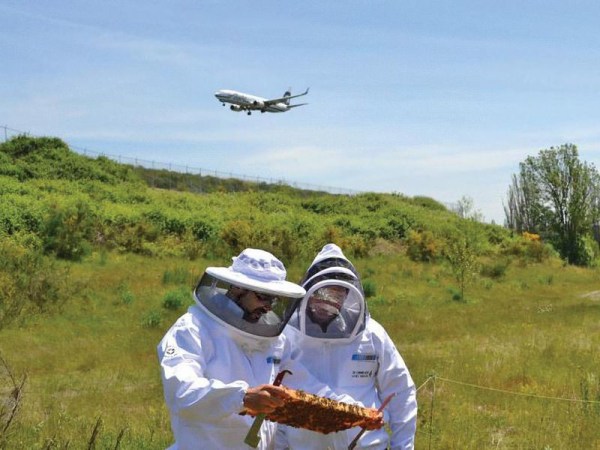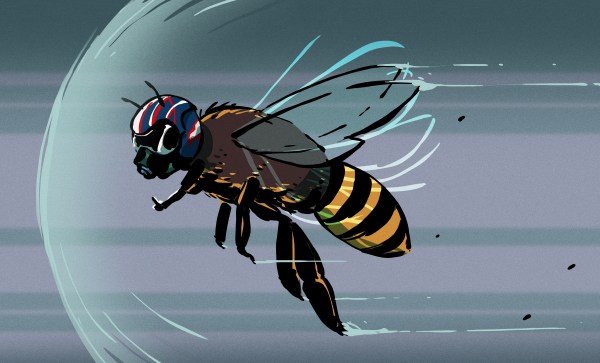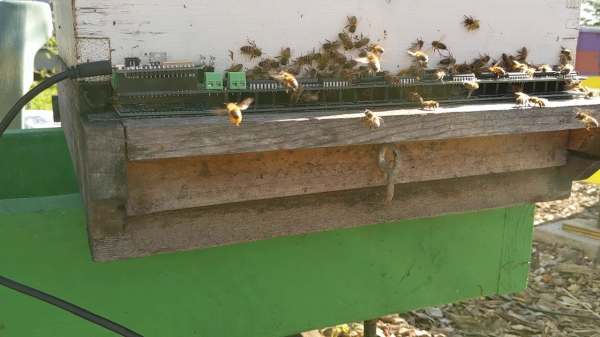We love electronic conference badges here at Hackaday, but it’s undeniable that many of them end up gathering dust after the event. Most of them are usable as development boards though, so it’s nice to see them appear in projects from time to time. [Benjamin Blundell] has a good one, he’s using an EMF Camp 2014 badge to power a set of load cells in a bee scale.
Not being skilled in the art of apiary here at Hackaday we’re thankful for his explanation. Beekeepers weigh their hives as a means of gauging their occupancy, and the scale for this purpose has a few application specific features. The EMF 2014 badge (known as the TiLDA MKe) meanwhile is an Arduino Due compatible ARM Cortex M0 board with an LCD display, making it perfect for the job. He devotes quite some time to describing the load cells, mounting them on extrusion, and calibration, all of which should be of use to anyone making a scale.
The software for the badge is an odd mix of Arduino and FreeRTOS, and he takes one of the stock apps and modifies it for the scale. It’s very much a badge of its era, being programmable but not with a built-in interpreter for MicroPython or similar. You can see the whole project at work in the video below the break.
If you’ve not seen a TiLDA MKe before, we wrote about it when it was released.
Continue reading “A New Life For A Conference Badge, Weighing Bees”



